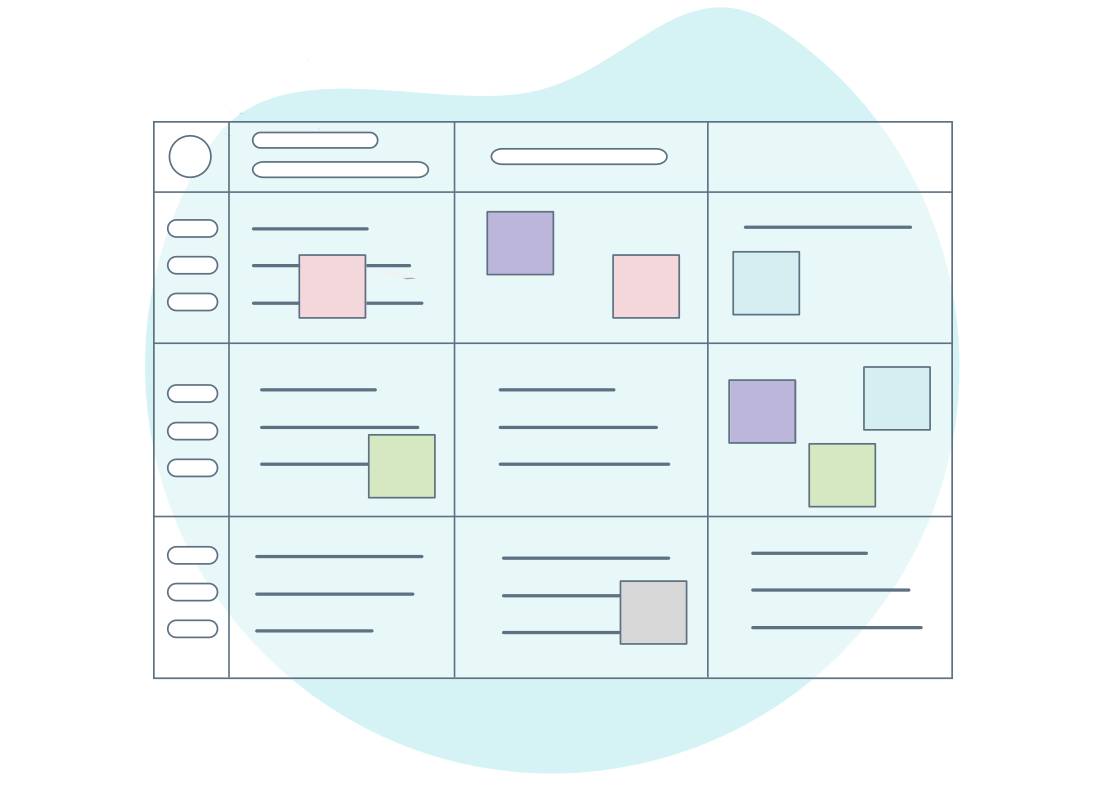I believe we have all tried working in different teams. Some were more, some less organized. Although different in their output, they should all have one thing in common: an elaborated project management process. How to choose the project management technique and get better results?
Let’s get to it …
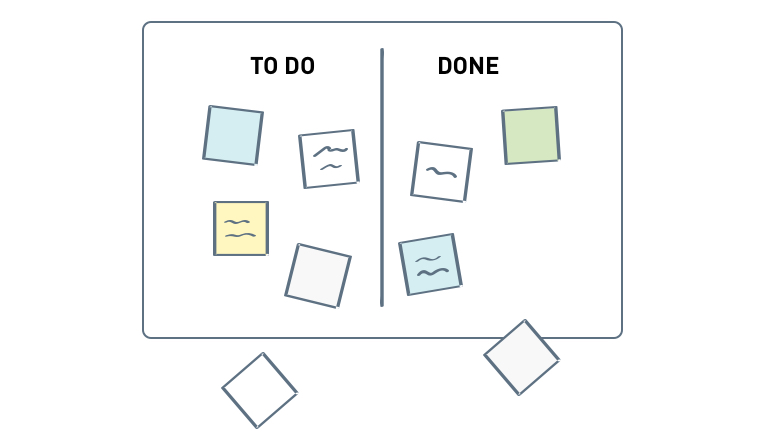
Classic Project Management Techniques
The classic (or let’s just say old-fashioned) methodologies or project management techniques are based on order and the output. In other words, their priority is to convey an ideal task sequencing and to predict the delivery time of each task so that the next one can start.
The Waterfall Technique
When talking about the classic project management techniques, the first one that comes to mind is the Waterfall technique. This technique is quite simple to figure out. The first task must be done before you introduce the next one, the second one must be ready before the third one, and so on. The sequencing adds up until you have a finished product.

The Waterfall technique is perfect for architectural and construction projects. However, we can still find it in the modern project management systems, or at least in one part of the process.
As with any method, there are a few downsides to using it. The Waterfall method is outdated in its current PM philosophy. It’s impossible to change the order of tasks if a client changes their mind out of the blue. The strict hierarchy does not allow for any adjustments or changes.
The Critical Path Technique
Another method is the Critical Path technique. This one follows the idea that you have to solve the previous, more important task before heading onto the little less important task. The tasks are stringed together in a critical path and we can still find them in the project management plans.
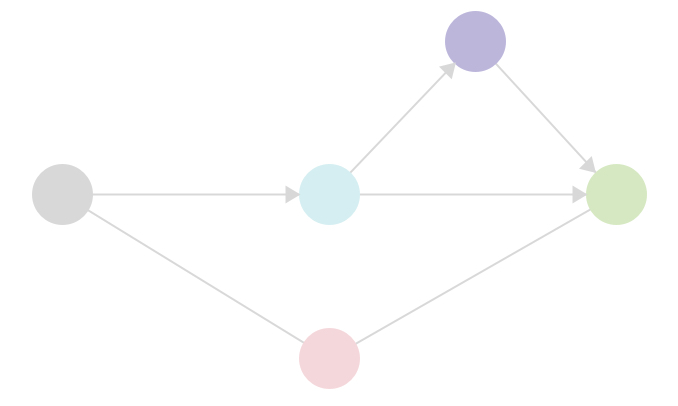
They enable the optimization of the schedule and prioritization of the crucial tasks. Critical path tasks are useful when an agency has multiple tasks to do for each client. Nevertheless, they can lead to confusion if they’re kept in one place.
Innovation Methodologies
On the other side of the oldish project management coin, we have the innovation spectrum methodologies. These are convenient for diverse industries, turning out to be much more efficient in terms of finances and time.
Innovation methodologies are the problem-solution-market-based combination of learning, prototyping, testing, refining, experimenting, planning, flexibility, and other crucial step-processes that function within a business model. There are six most frequent types of these methods:
- agile
- design thinking
- lean startup
- design sprint
- co-creation
- open innovation
The first four methods bring the most significance when combined together on the innovation spectrum. To easily visualize them, here’s the graphic that explains on which principle each works.

I’ll focus on the agile methodology and describe what it consists of and what solutions it offers.
Agile Project Management Methods
We don’t need an accurate document, we need a shared understanding.
– Jeff Patton
You probably heard a lot about “agile”. It is the right thing to ask yourself (especially if you are PM) “will an agile workflow save my ass and money?” The answer is not so simple, because there are a lot of half-baked processes out in the wild. Besides, just following the “best practices and recipes” won’t make your company an agile champion.
Agile methods follow a system and are comprised of fine elements that, as a whole, are crucial for the end goal. We can divide them into:
- Agile Scrum Methodology
- Lean Kanban Software Development
- Extreme Programming (XP)
- Crystal
- Feature Driven Development (FDD)
- Dynamic Systems Development Method (DSDM)
The systematic alignment of the agile method components gives the option of the so-called “continuous delivery”, whereby users and the business managers can enjoy a constant stream of advanced projects being realized because of the constant involvement of the project members.
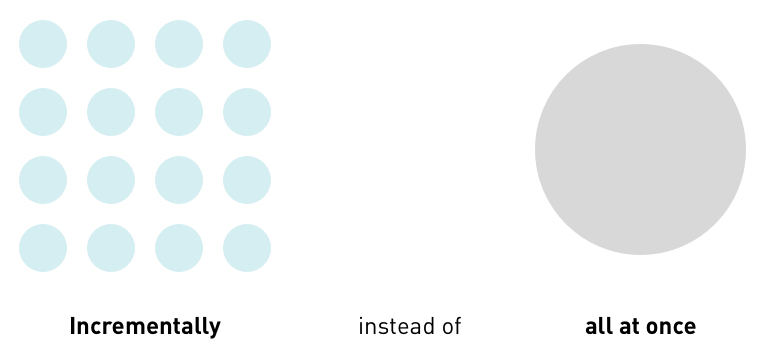
Besides the constant involvement, agile demands non-stop learning and can thus turn away those that can’t seem to recognize its worth.
The most important part to know is that we must implement an agile methodology as a complete system, and not only parts of it, such as the review or the plan. Naturally, new organizations or startups will likely choose one of the mentioned approaches but well-established brands and companies have to consider multiple approaches to know which one delivers the best results.
In order to experience a full agile advantage range, you have to bring in the business leaders, as well as the management and the user population. With agile, the company is less likely to spend months or years on the same project, only to see that it won’t work in the end. The factors that come into play are abundant, so let’s count them.

The need for small and fast tasks – smaller tasks get done quickly and with as little guidance as possible as opposed to the huge, traditional PM method tasks.

Better communication over processes – especially relevant when there’s an ever-changing project, communication serves as a tool to keep the project members on track with what’s happening.

Feedback – the speed and the improvement are tracked repeatedly in order to implement a new change of plans.

Working product before the documentation in place – the old PM requirements such as planning, designing, testing etc. are completely thrown out. There is no need for piles of documentation because we need to focus on our users and their response to our product.

Adjustments instead of sticking to a plan – fine-tuning the process takes up fewer hours than sticking to a plan that’s intended to fail.
I work(ed) mostly with Agile Scrum Methodology and Lean Kanban Software Development, that’s why I will focus on these two.
Agile Scrum Methodology
If you can see your path laid out in front of you step by step, you know it’s not your path. Your own path you make with every step you take.
– Joseph Campbell, American mythologist
The Agile Scrum methodology allows for fast changes in the projects. Every time a client asks for an entirely different (or just a small) set of requirements, the project can be as flexible as needed in order to adjust. The team then has to organize and deliver the project under the set of priorities made by the business.
You may wonder: “how’s it even possible to cooperate in a manner that each member knows what to do and how?”
Scrum is an agile methodology framework that “is all about prioritization and time-boxing over fixing the scope, schedule and cost of a project.” It prevails in the IT domain, but why is it so efficient?
The methodology is made up of a series of iterations. They’re essentially tasks but not in a traditional PM understanding. In the agile vocabulary, these tasks are called “sprints” and the teams usually deliver them in the span of one to four weeks. When they finish one sprint, the result is working software that can later be released. If they choose not to release it, the project members will continue to work towards enhancing it. Still, there are problems that can arise if the methodology is badly implemented.

Task realization is important for every team, no matter how big. Since businesses started looking only at profit margins, they endangered the factors like better communication and smaller tasks. Most of the employees followed, and the incentives that benefit a company slowly disappeared. A few years went by and now we’re faced with a weak system that ignores the achievements of individuals and small groups.
Luckily, some startups and young IT companies discard the idea of fast earnings, and agile/scrum have found their way into the new PM systems. The renowned companies have also recognized the potential of the methodology, using it almost exclusively.
Embrace the unknown! That’s where learning lies! If you’re too afraid to learn, you will never get any better. This is the key to being successful at Scrum: embrace change.
– Jeff Sutherland, The Power of Scrum
Companies that use agile/scrum, such as Amazon, Microsoft, Google, Barclays, The National Bank of Canada, Spotify etc., have experienced a huge improvement in the PM domain. As an example, you can look into the 5 successful case studies here.
As a scrum master, you are responsible for making sure process is followed and everyone’s time is valued properly. What this process is, though, is up to your team to define.
– Grayson Smith, a Product Manager and Scrum Master at Jackrabbit Mobile
For those who are not entirely convinced yet
The implementation of agile practices looks great in a picture. Within a group, however, it’s a bit of a different story. If you want to add the agile element into your team, don’t forget to include the essential ingredients:
- Entire team alignment
- Daily meetings
- Scrum master
- Visual presentation – so the team can see their tasks/progress
- Review/retrospective is a total must
You should want to implement agile and scrum because:
- You’ll be able to develop complex functions following the need of the market (evolving and changing all the time)
- You’ll increase the motivation of the developers (immediate results)
- You will attract the best engineers
Lean Kanban Software Development
No Heroics. If you need a hero to get things done, you have a problem. Heroic effort should be viewed as a failure of planning.
– Jeff Sutherland, The Power of Scrum
Another agile methodology that appeared in Japan in the 1950s, but was adapted for software development in the 2000s, is the Lean Kanban software development.
The Lean philosophy is about smart development. It means that the team discards everything that lacks value for the user. On the other hand, it improves the good characteristics.
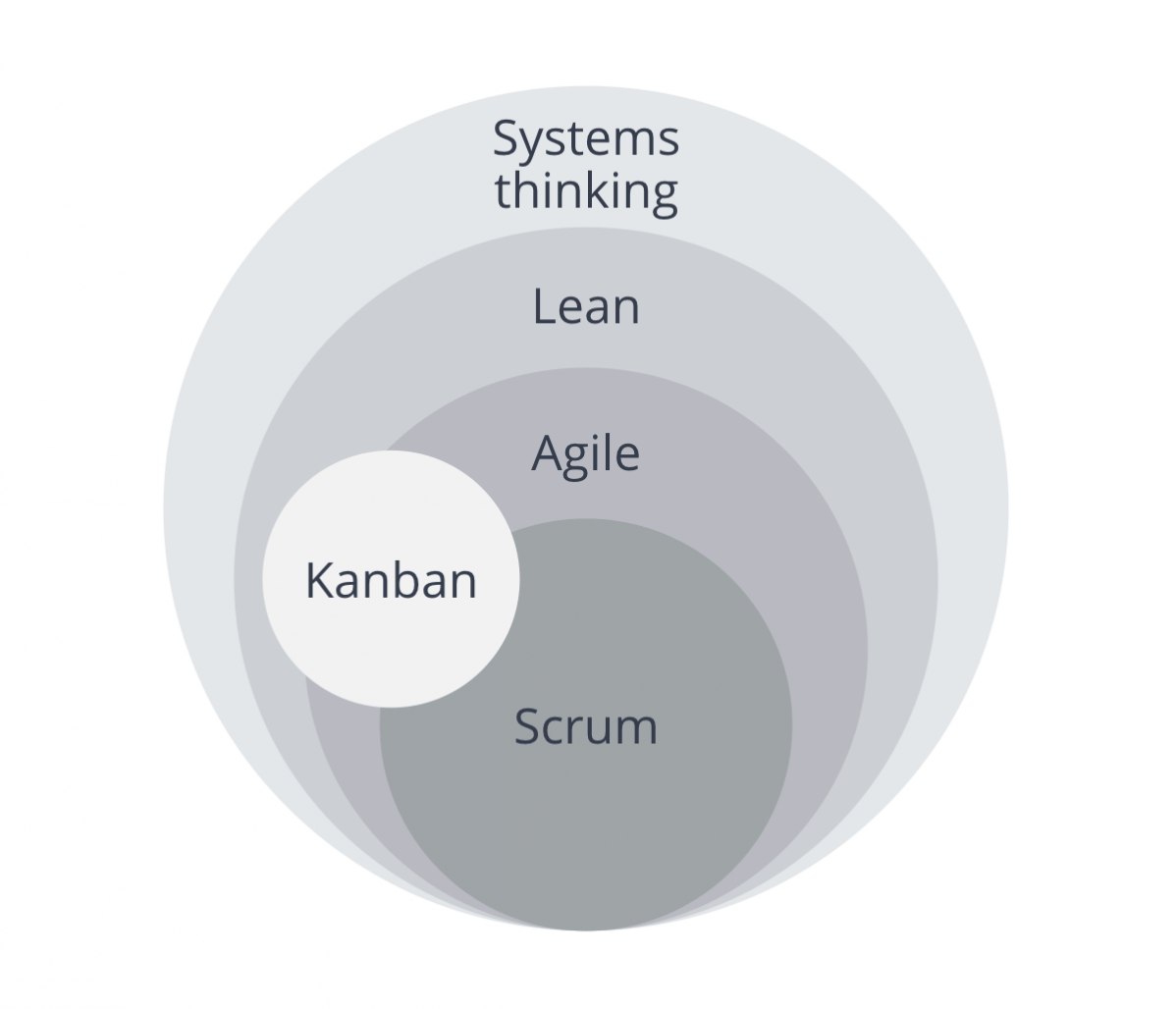
The lean Kanban methodology has the traits of both agile and lean. However, since it leans toward the lean mehodology, we’ll categorize it as such.
Kanban is a scheduling system of visual management aimed at just-in-time delivery excluding team overloading. As a part of Lean, initially, the methodology supported the Japanese automotive industry.
Kanban principles:
- Visualize work
- Limit work, otherwise
- Measure and optimize, it will be easier to plan for the future
- Focus on continuous improvement
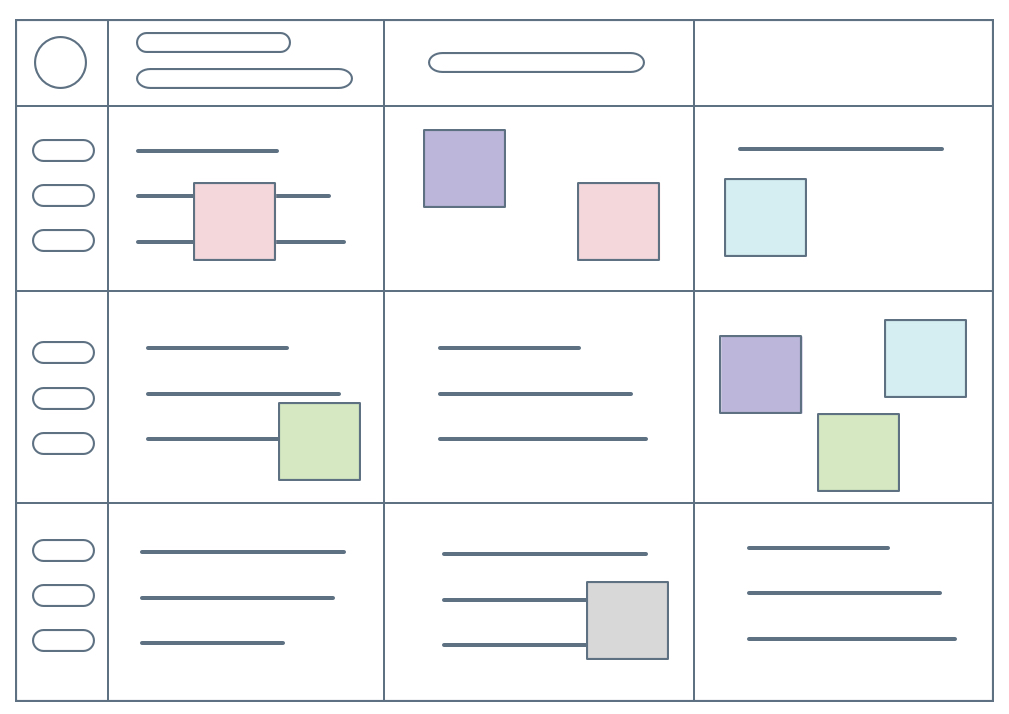
As opposed to Scrum, Kanban followers have an optional amount of work they do for each iteration and their default metric for improvement is the lead time instead of speed. When the capacity allows it, the team members can add new items into the iteration and have an optional estimation, while the Scrum estimation is prescribed.
Lastly, a Kanban board can be shared throughout multiple teams. The practice differs from the Scrum which does not allow a sprint backlog to be shared.
Other less known and used methodologies are:
Extreme Programming (XP)
Extreme programming or XP gives a real insight into how Agile can improve customer satisfaction. XP is centered on frequent releases and short development cycles. It uses code review, pair programming, unit testing, and frequent communication with the customer.

Crystal
Crystal framework is a “human-powered” methodology. It centers around humans and believes that the processes like software development are essentially a human activity. Crystal focuses primarily on people and the interaction among them while they work on a software development project.
Feature Driven Development (FDD)
In the Feature Driven Development, the features are the most important factor for the client. The FDD works via 5 processes: model development, feature list building, planning, designing and building by feature.
Dynamic Systems Development Method (DSDM)
The Dynamic Systems Development method is based on the Rapid Application Development methodology and provides a four-phase framework consisting of feasibility and business study, functional model/prototype iteration, design and build iteration and implementation.
After explaining the types of agile methodologies, let’s get back to the other innovation methods that can be as useful in specific fields and specific teams.
Design Thinking
Design thinking is the one methodology that includes creativity and logic for the improvement of products, objectives, and decisions. There are five modes in the design thinking process: emphasizing, defining, ideating, prototyping and testing.
The design method begins with a comprehension of the problem. After evaluating the gathered data and generating the ideas, the best ones are built in prototypes and tested.
Design Sprint
Design Sprint is a five-day process that takes much of its characteristics from the design thinking. It’s a methodology developed by Google Ventures which is popularized by Jake Knapp that serves to improve the design problems that affect the business. In other words, you want to learn as much as possible without building and launching the product.
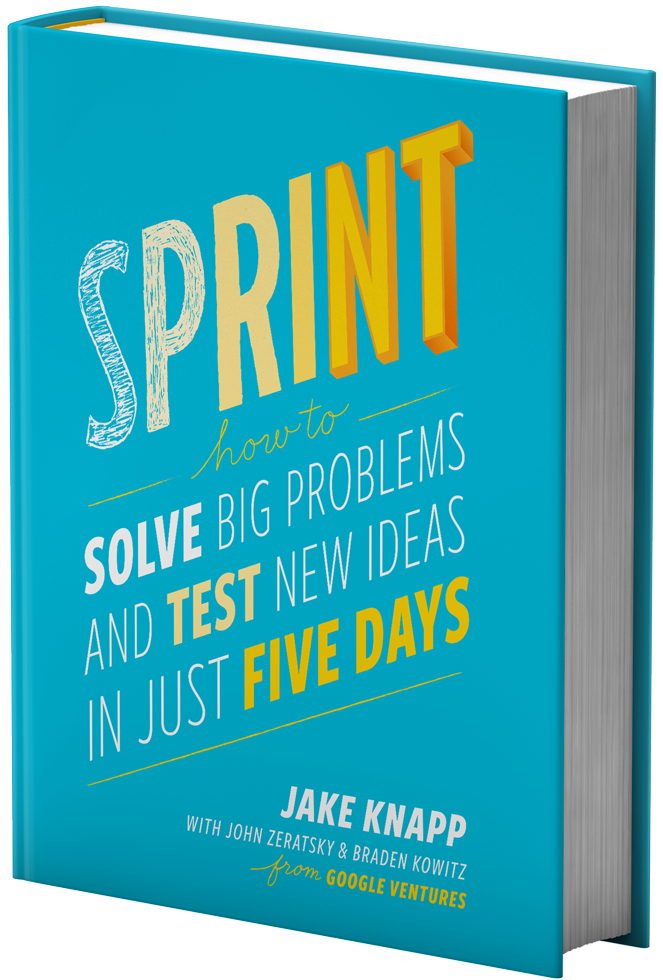
The process can be done in as little as 3 days, so if your company wants to turn a business idea into realization fast or test the functionality of the products quickly, the design sprint might be your method.
Check out this 1-minute explanation video
Now you have a better idea about newer Project Management methodologies. But remember – no matter how timely and awesome you think you are with organizing the work, communication is still a critical aspect of every team’s functioning.
Communication and Subjectivity
Poor communication habits will eventually tear down your efforts. They’ll not only lead your team to fell off the agile path but cost you money. A lot of money.

“Accountability means to say what you do, do what you say.”
– Pearl Zhu, Digital Agility
Another reason you should have an effective communication is the performance. It can either boost or take its toll on the overall performance. “The more, the better” doesn’t work in this case. How adequately you communicate with others has more significance than how often you have that same conversation.
How can your team have better communication?
Integrity
If the
Relevancy
Relevancy means you have to deliver and receive only the information that’s important for the project’s sake. We’re all for out-of-the-box thinking, but reserve some information for the after-hours chit-chat.
Clarity
When you want to communicate even the slightest change, do it with clarity so that each team member can understand you and not only the guy you went for a beer last night.
Subjectivity
It can’t be the principle for any business decision. In other words, phrases such as “I love it.”, “I hate it.”, “I don’t think we need this.”, that come from a team leader are the ones you should avoid. These kinds of comments don’t have any value and cannot intrinsically help in the product development process.
Transparency
The message must be shared easily across the team because all your coworkers/employees must understand the end goal. Otherwise, they will start creating their own scenarios of what is going on.
Promptness
I guess we’ve all experienced at least one person in the team that is always slow to respond and never available when needed. However, the responses and fast feedback are crucial in the agile method because the development process is crammed into a few weeks’ time, especially when working remotely.
Surround yourself with the dreamers and the
doers , the believers and the thinkers.
Short summary
- 💪For me, agile methodology is the go-to methodology for your team.
- 📄Don’t create humungous documentation, but rather focus on what you and your users need at this moment.
- 💬Daily meetings and clear communication matter the most.
- 🔥Subjectivity is your enemy.
- 🤔Learn to communicate (practice listening, writing, reading, talking).
- 📘Never stop learning.

